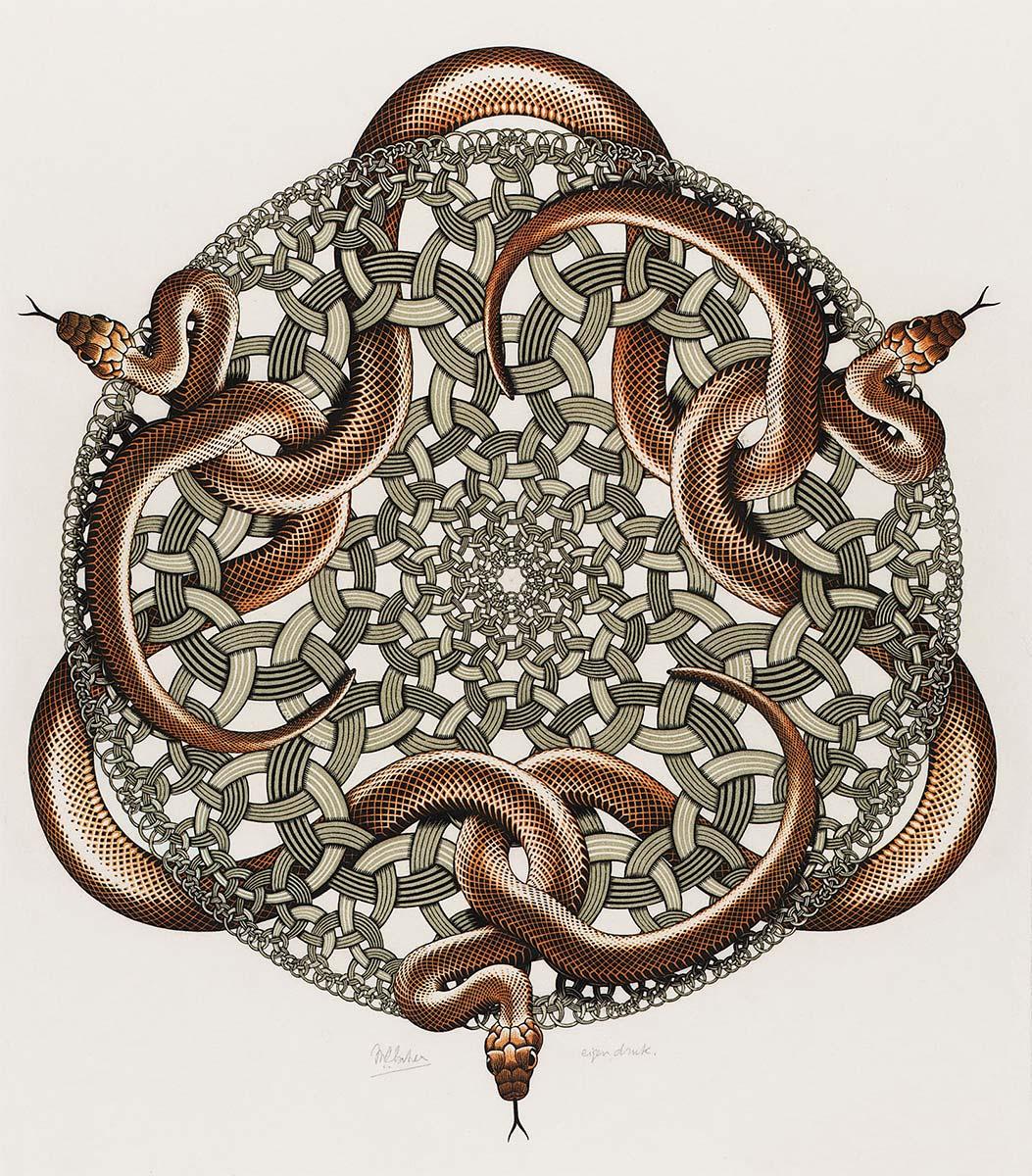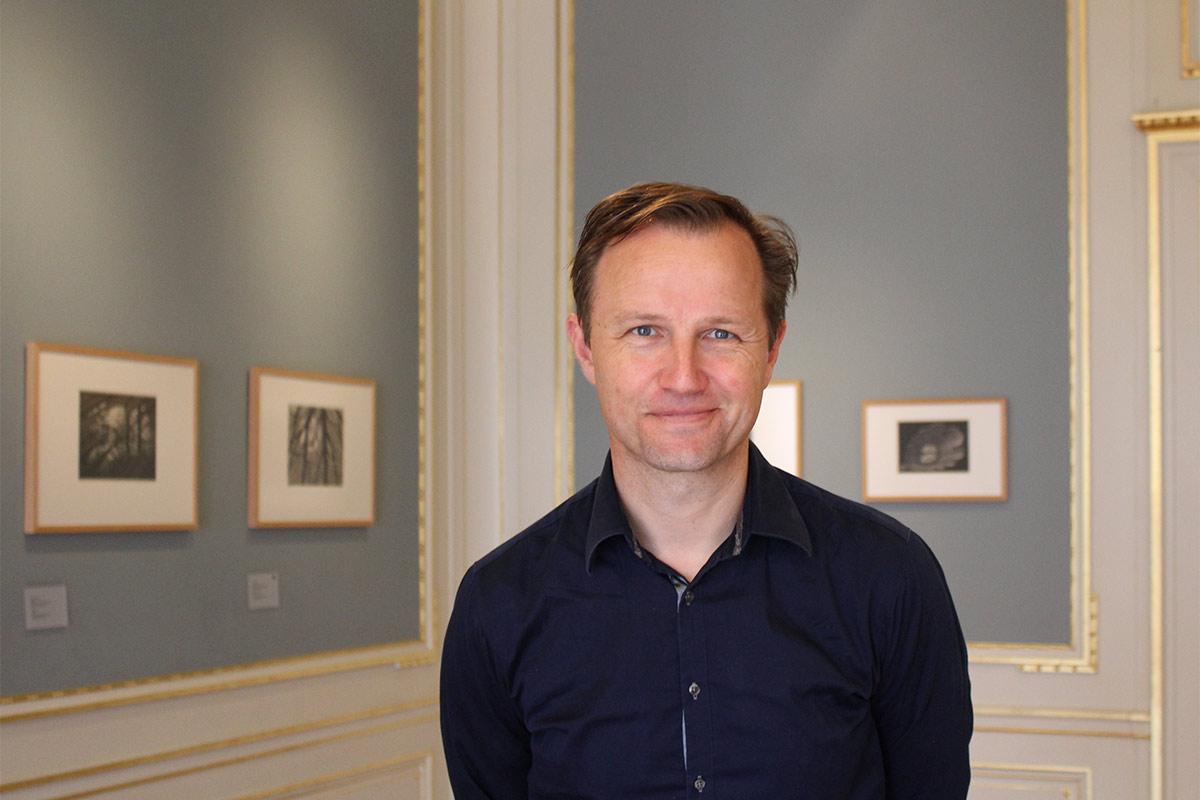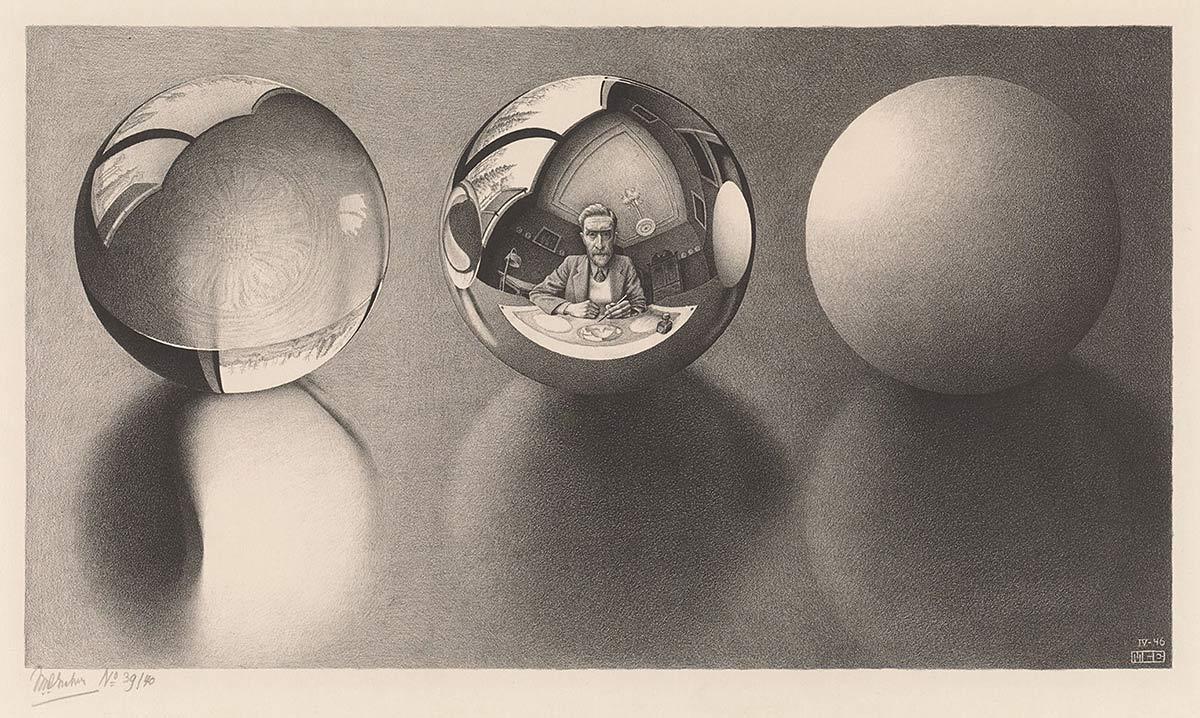

In October 1952, M.C. Escher created a series of woodcuts on the subject of the four elements. It was a commissioned work for collector and graphic art fanatic Eugène Strens and his wife Willy. The prints feature the four elements: earth, air, fire and water. For each design, he highlighted one of these elements on a vignette sent by the Strens couple as a New Year's greeting. The image was accompanied by their names and the greeting 'Felicitas' (Latin for 'happiness') along with the coming year. For the tessellations with ants, birds, fish and demons, Escher was able to fall back on his notebooks, but each of these four prints is still slightly different from the drawings he based them on.
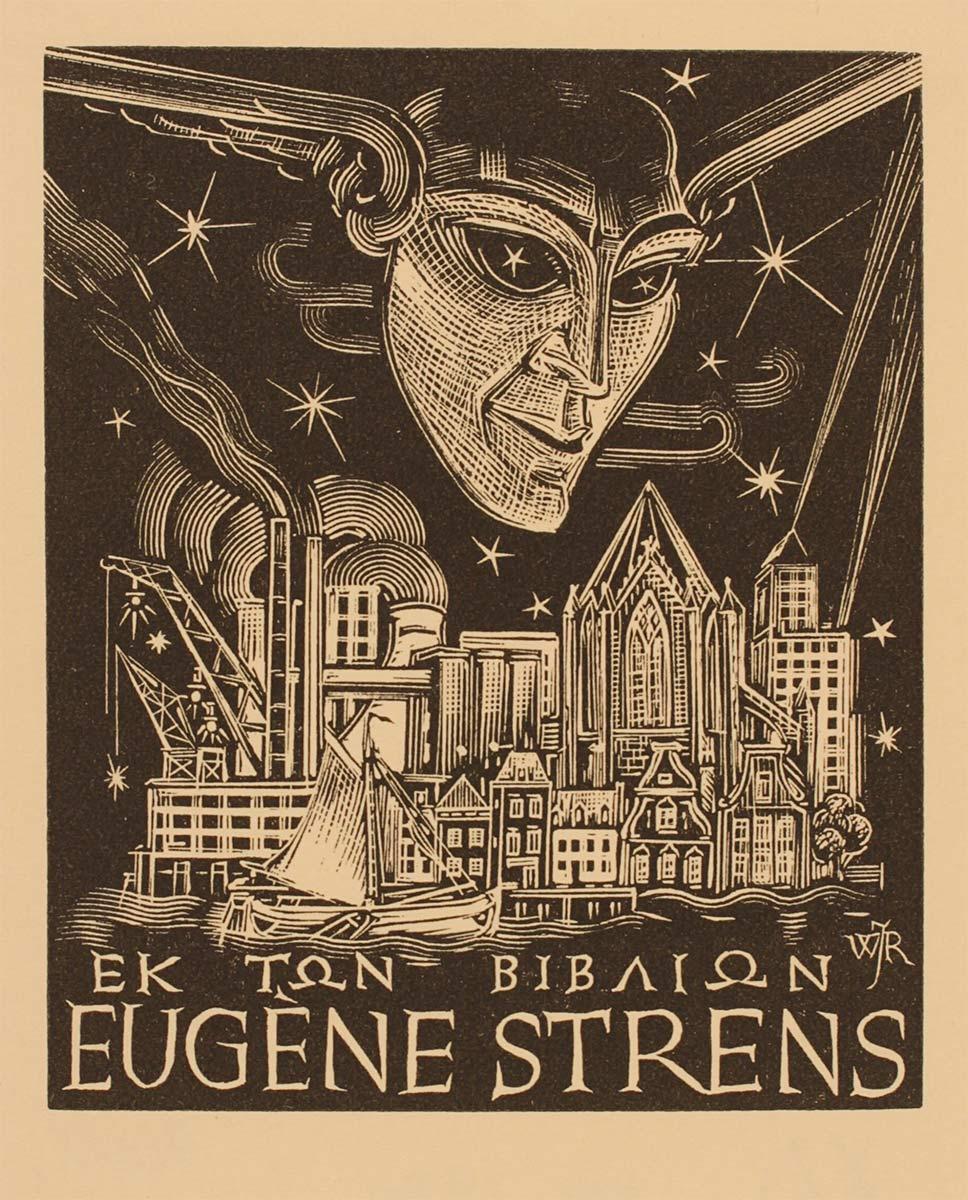
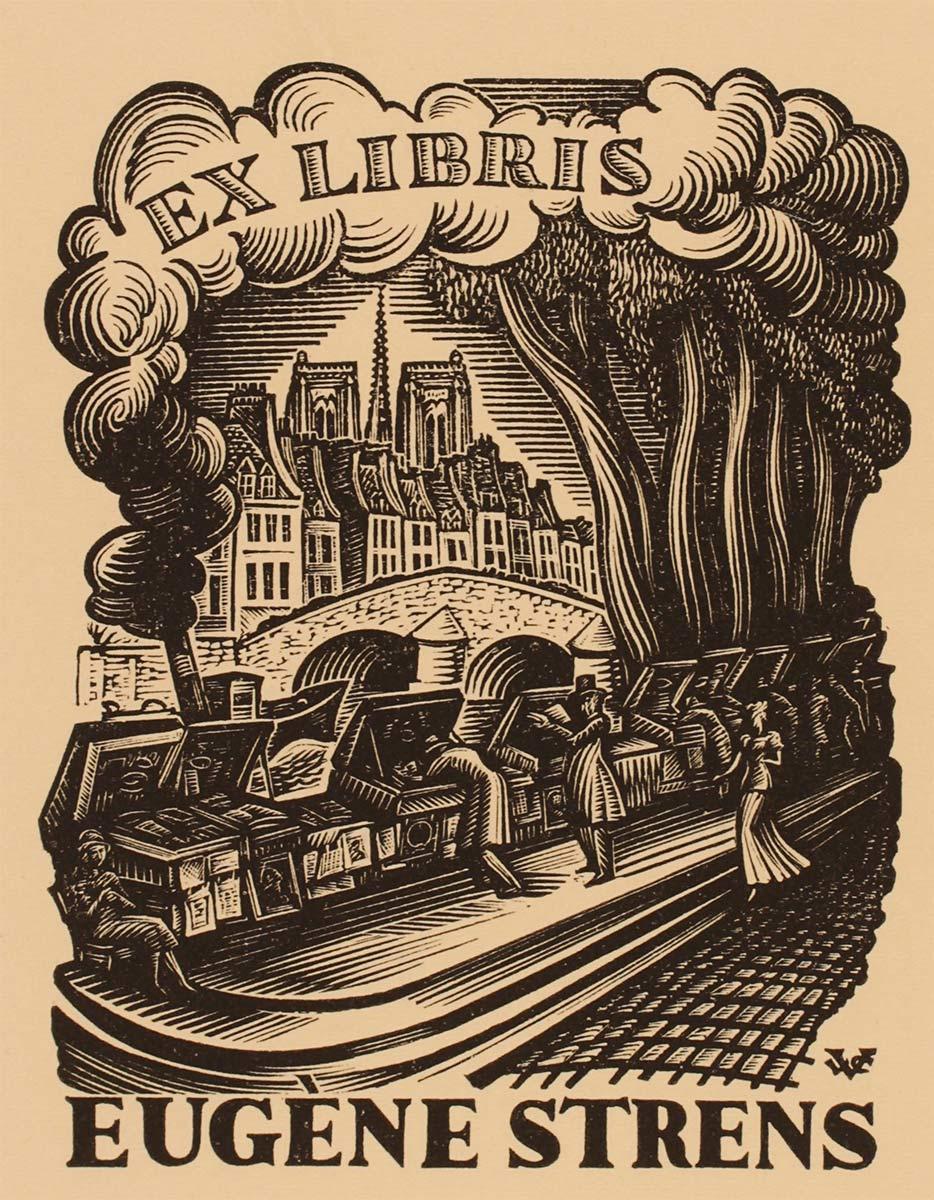
Eugène Strens (1899 - 1980) was trained as an engineer, but his great passion was graphic art. Hailing from the province of Limburg, this notary’s son inherited a considerable fortune at a young age (his father died in 1919 and his mother in 1924), allowing him to invest money and time in it*. He started with philately, but over the years a fascination with typography, numbers and puzzles, printmaking, letterpress and bookplates was added. In the early 1930s, he quit his job at the Octrooiraad (Patent Office) in The Hague and took up his hobby full-time**. He was always out and about looking to expand his knowledge and to add to his collection. Furthermore, he knew many artists, printers, antiquarians and other collectors and kept his correspondence with these individuals in his collection too. The collection also contains a great many books and journals on graphic art and work by artists such as Max Liebermann, Käthe Kollwitz, Jean Cocteau, Gustav Klimt, Emil Nolde, John Buckland Wright, Franz Marc and M.C. Escher. Because Strens knew many artists personally, he also managed to acquire sketches, preliminary studies, proofs, wood blocks and copper and etching plates. But the most significant and most striking aspect is his collection of bookplates (ownership marks printed on paper that book owners put in their books).
Eugène Strens was a great lover of this form of applied graphic art and his passion for collecting led to what was then the largest private collection of bookplates in the world. His collection includes copies of celebrities like Dvořák and Stravinsky, heads of state like Queen Emma, the Queen Mother and Egyptian King Farouk, as well as the dictators Mussolini and Hitler. Besides collecting bookplates, he also promoted himself as a commissioning party. On numerous occasions, Strens commissioned artists to design bookplates for him. He adopted a highly critical stance in that process and was not shy about correcting artists and steering the design in a direction he liked. The collection would grow to some 120,000 bookplates and occasional graphic works, 15 metres of archival material and 32 metres of reference books. In 1995, the entire collection was acquired by Museum Meermanno (now House of the Book) in The Hague.
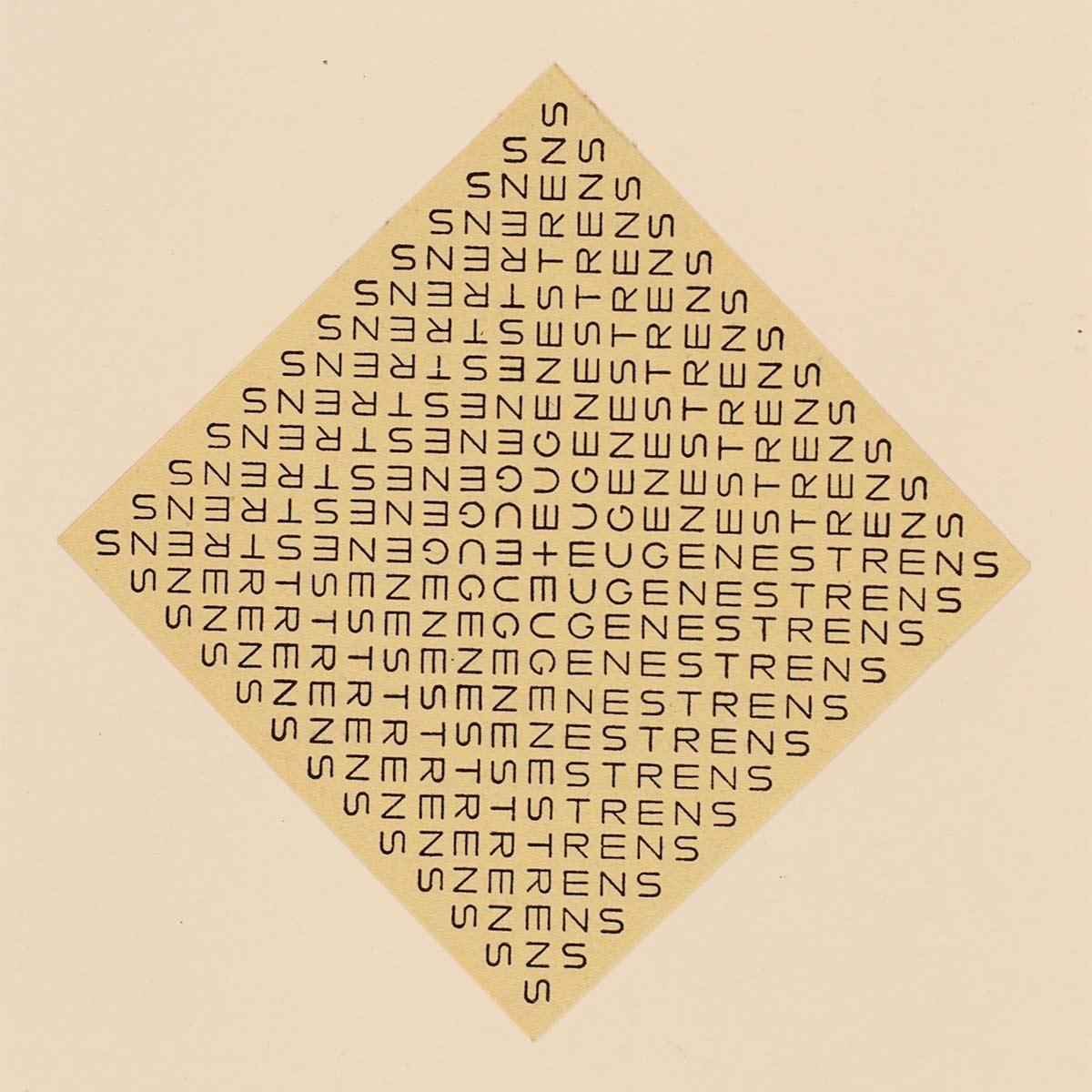
Besides graphic art, mathematics was also a great passion for Eugène Strens. Especially mathematical puzzles. It was a love he shared with Martin Gardner. As Gardner in turn was a great lover of M.C. Escher, the Dutch graphic artist forms a bridge between the Dutch collector and the American mathematician. Strens's collection of mathematics books ended up at the University of Calgary in Canada. There, a special conference on recreational mathematics was held in August 1986 to celebrate the creation of the Strens Collection. Under the title The Lighter Side of Mathematics: Proceedings of the Eugène Strens Memorial Conference on Recreational Mathematics and Its History, a report was also published in book form, featuring a tessellation by M.C. Escher on the cover. Strens's interest in mathematics naturally drew him to chess. Over the years, he amassed a collection of over 1,000 books on chess problems.
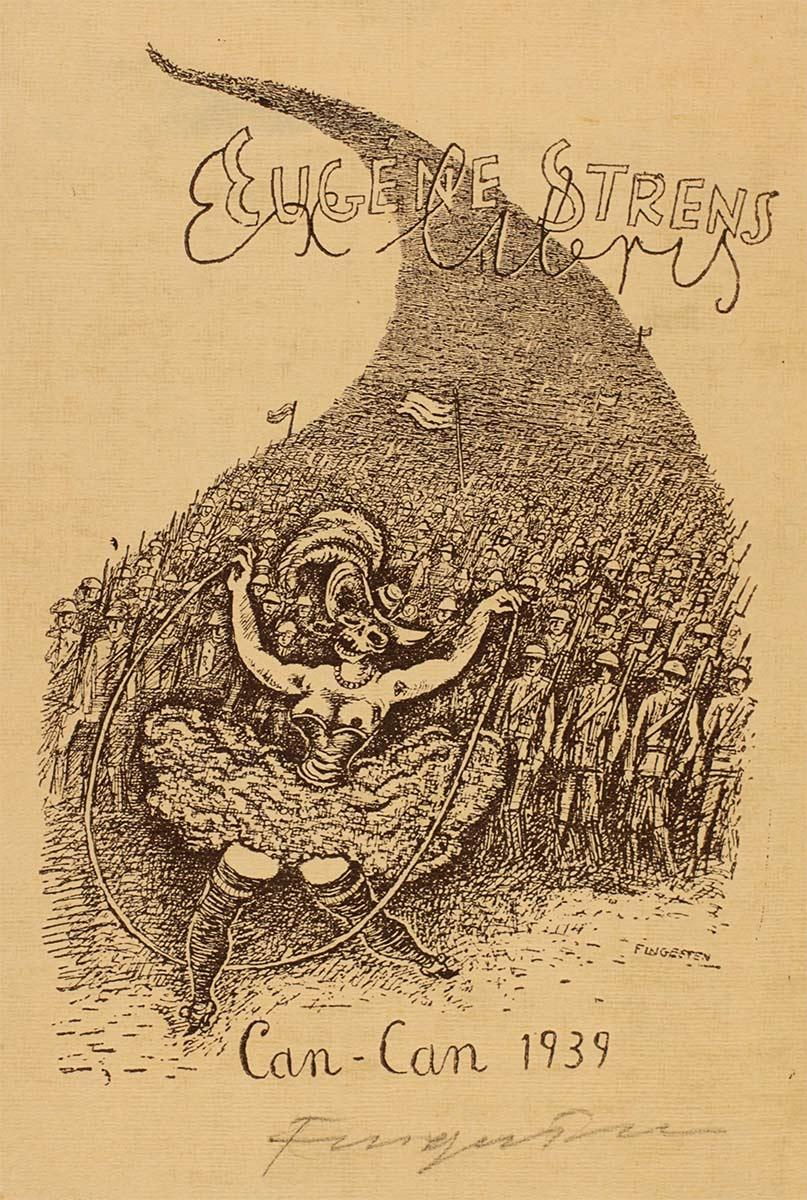

A bookplate is a graphic artwork that says something about the maker and about the recipient in an extremely effective way. The artist has to convey his own signature on a small scale and in such a way that the client, the owner of the books, will be able to recognise himself in it. Because bookplates are reprinted in large numbers - after all, they have to feature in each and every book in the collection - the artwork enjoys a high degree of prominence too. And because the format is small, a bookplate is also a form of graphic art that anyone can afford. The variety of bookplates is enormous and collecting them was a popular pastime. Eugène Strens was aware of this and founded the Nederlandsche Exlibriskring (N.E.K.) together with fellow collector Johan Schwencke in 1932. Its aim was to promote the art and study of bookplates and occasional graphic art. At its peak, this society had more than 700 members, including many foreigners (despite its name). Even then, Dutch graphic art was held in high regard worldwide.
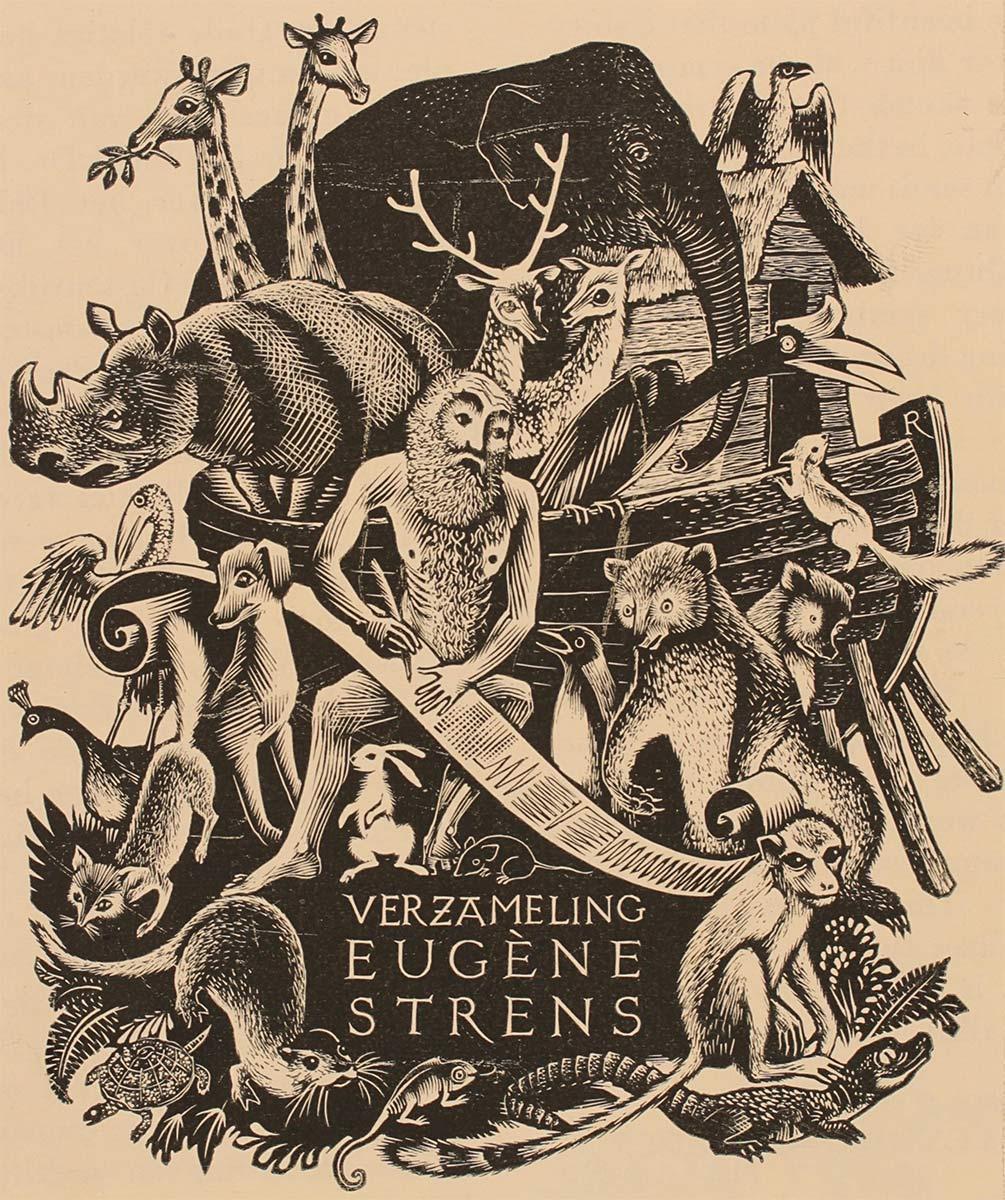
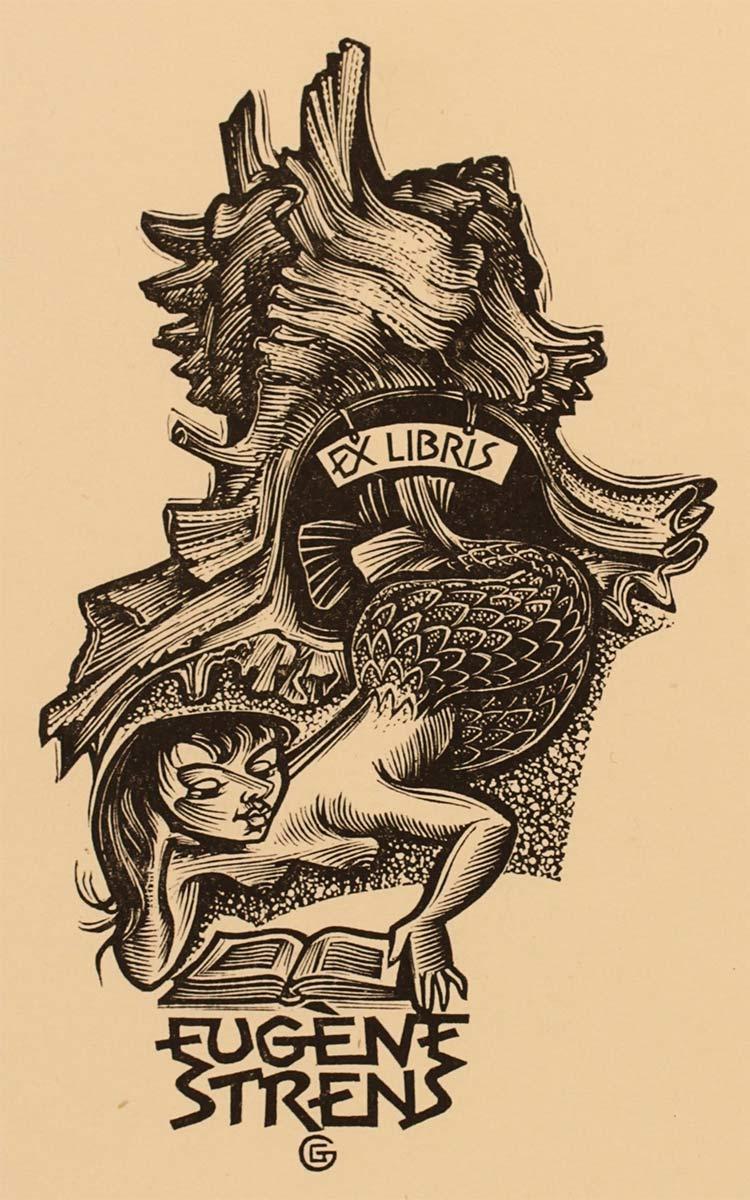
Eugène Strens had already started commissioning artists to design a New Year's greeting in the 1930s. Strens began corresponding with M.C. Escher in 1946 when colleague Johan Schwencke approached Escher with a view to the latter creating a New Year's greeting for the N.E.K. This led to correspondence between Strens and Escher and the two continued to correspond until the graphic artist's death in 1972. Another connection of Strens was fellow collector Karel Asselbergs, founder of the Eenhoornpers and later secretary of the De Roos foundation. Strens and Asselbergs were friends, but they were also rivals – both commissioned artists to design bookplates and New Year’s cards, and every year it was exciting to see what beautiful designs would be created as a result. Escher created New Year's cards for both collectors, two for Asselbergs and the aforementioned series of four for Strens. Through Escher, Strens also came into contact with the American collector Cornelius V.S. Roosevelt, with whom he also corresponded regularly.
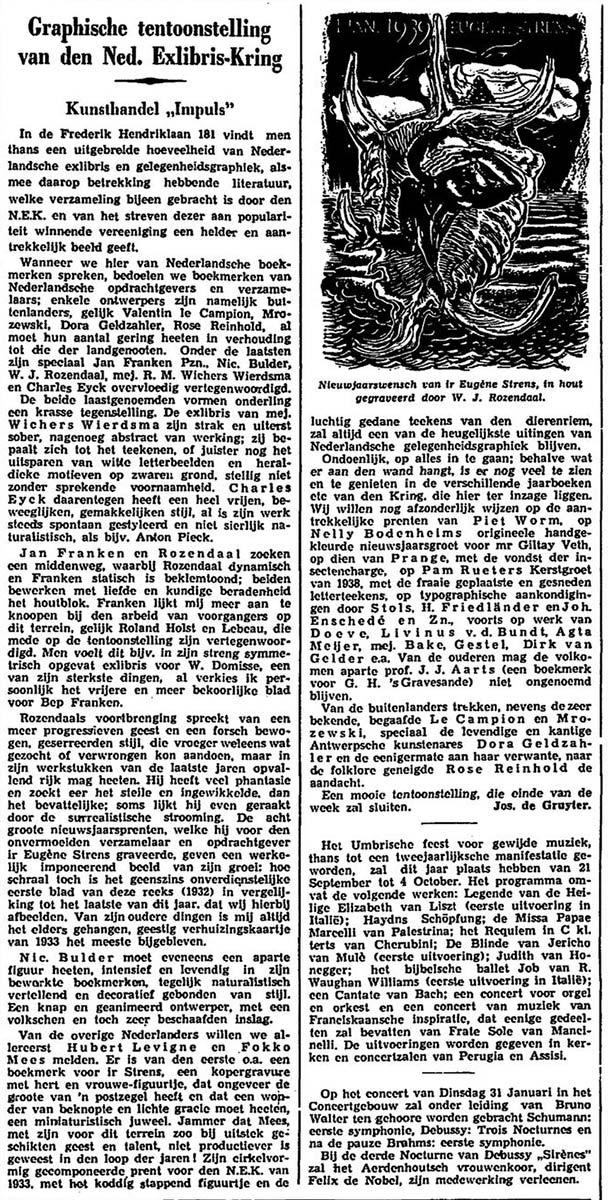

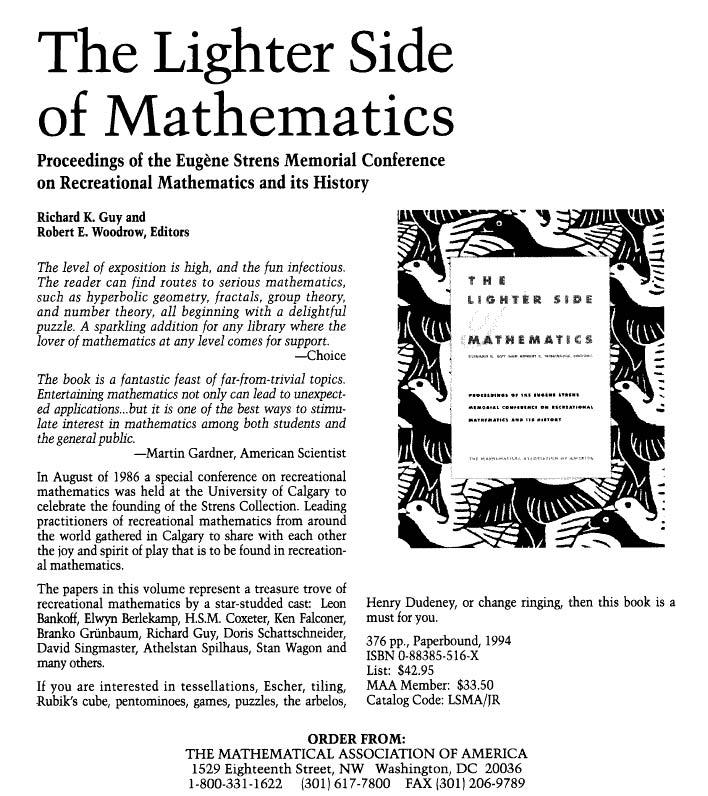
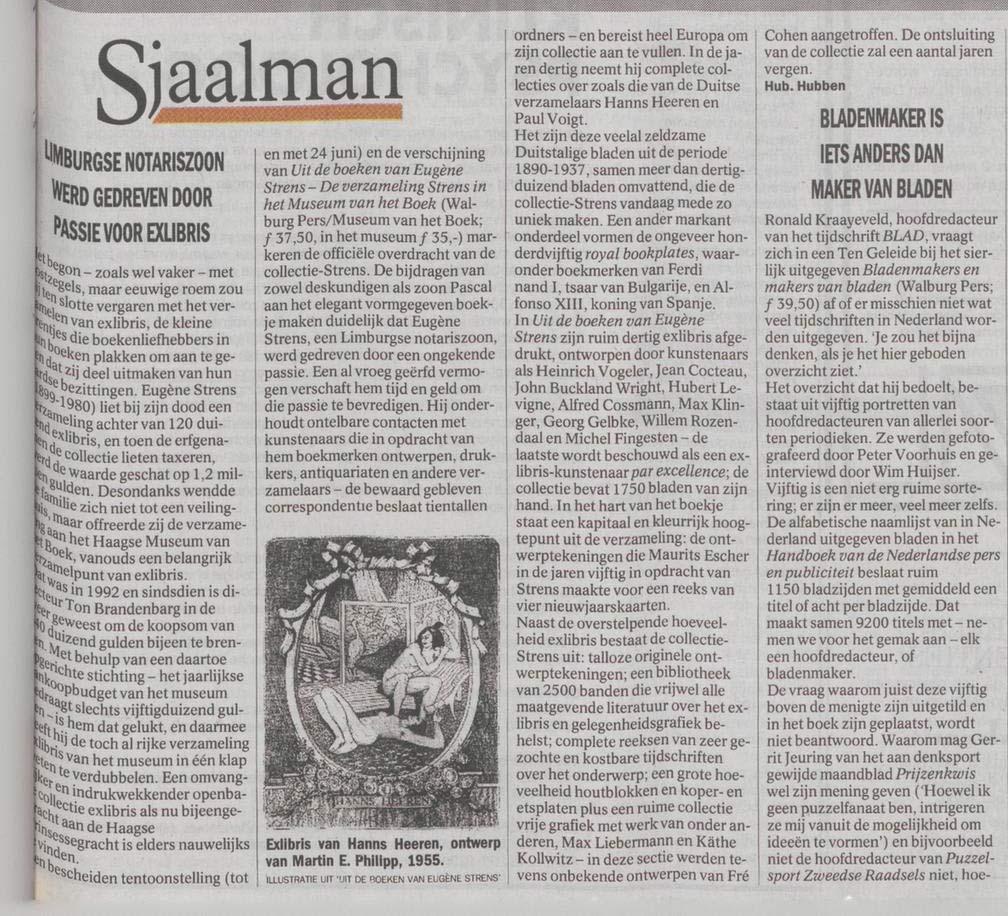
Strens's commission to Escher for the New Year's greetings in 1952 was therefore in keeping with a tradition, one that the graphic artist joins with his series of four designs. Yet he also manages to give it his own signature by visualising the four elements in the form of tessellation. In a letter to Strens dated 28 July 1952, Escher explains the technical structure of the designs***:
‘The system of Fire is based solely on glide reflection; in Water, a rotation around a twofold axis, located in the centre of the square, occurs, i.e. all the blue fish are congruent “en bloc” with the brown; Air is a shifting system, in which neither axes nor reflection occurs. The first sketch (“Earth”), which I showed you earlier, is based on another system: in it, there are twofold and fourfold axes.’
This is interesting information for the viewer and those interested in mathematics can delve into these forms of mirroring and the interplay with axes. But even without that information, you can enjoy this beautiful series of prints made for perhaps the most avid print collector the Netherlands has ever known.
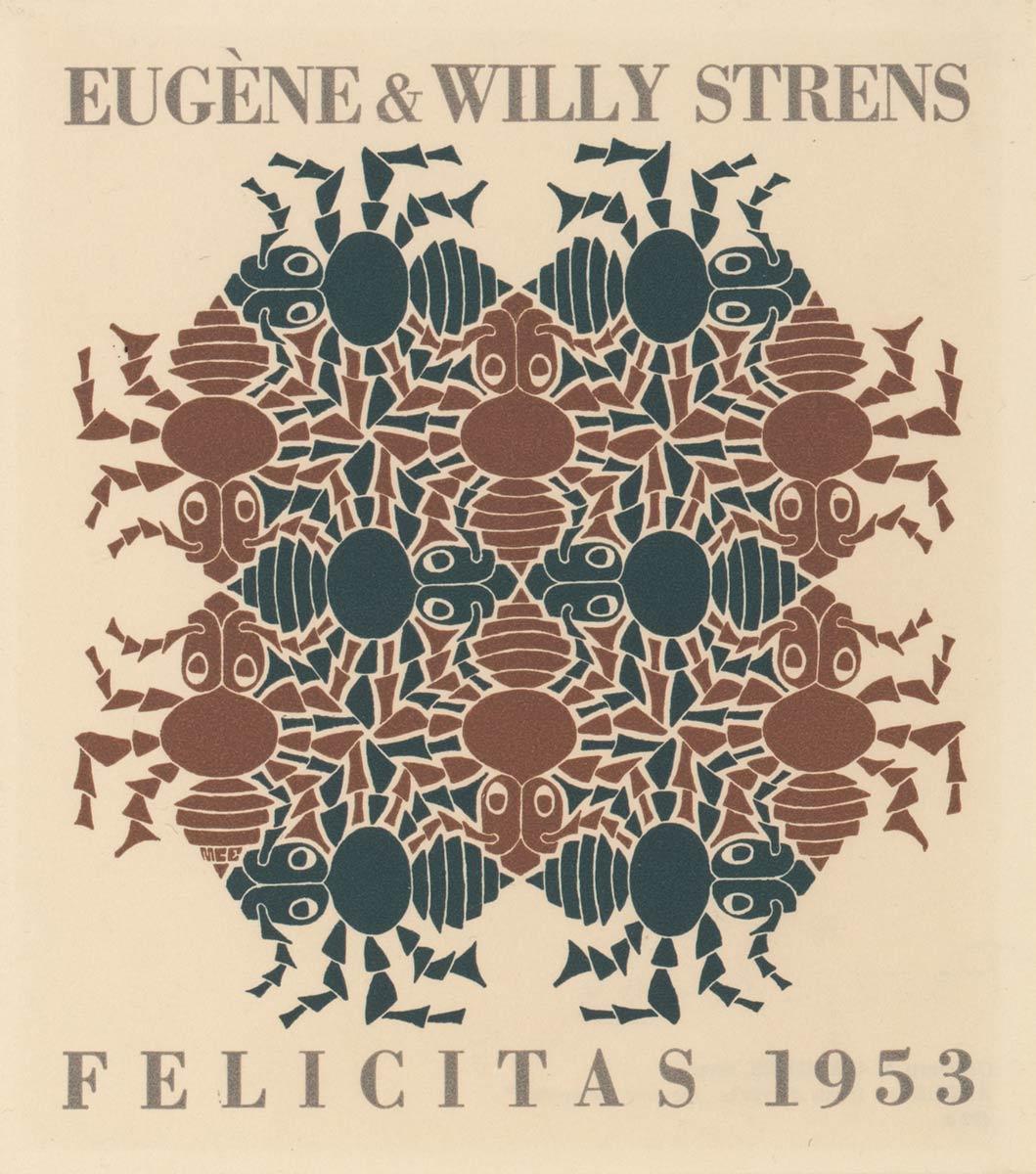
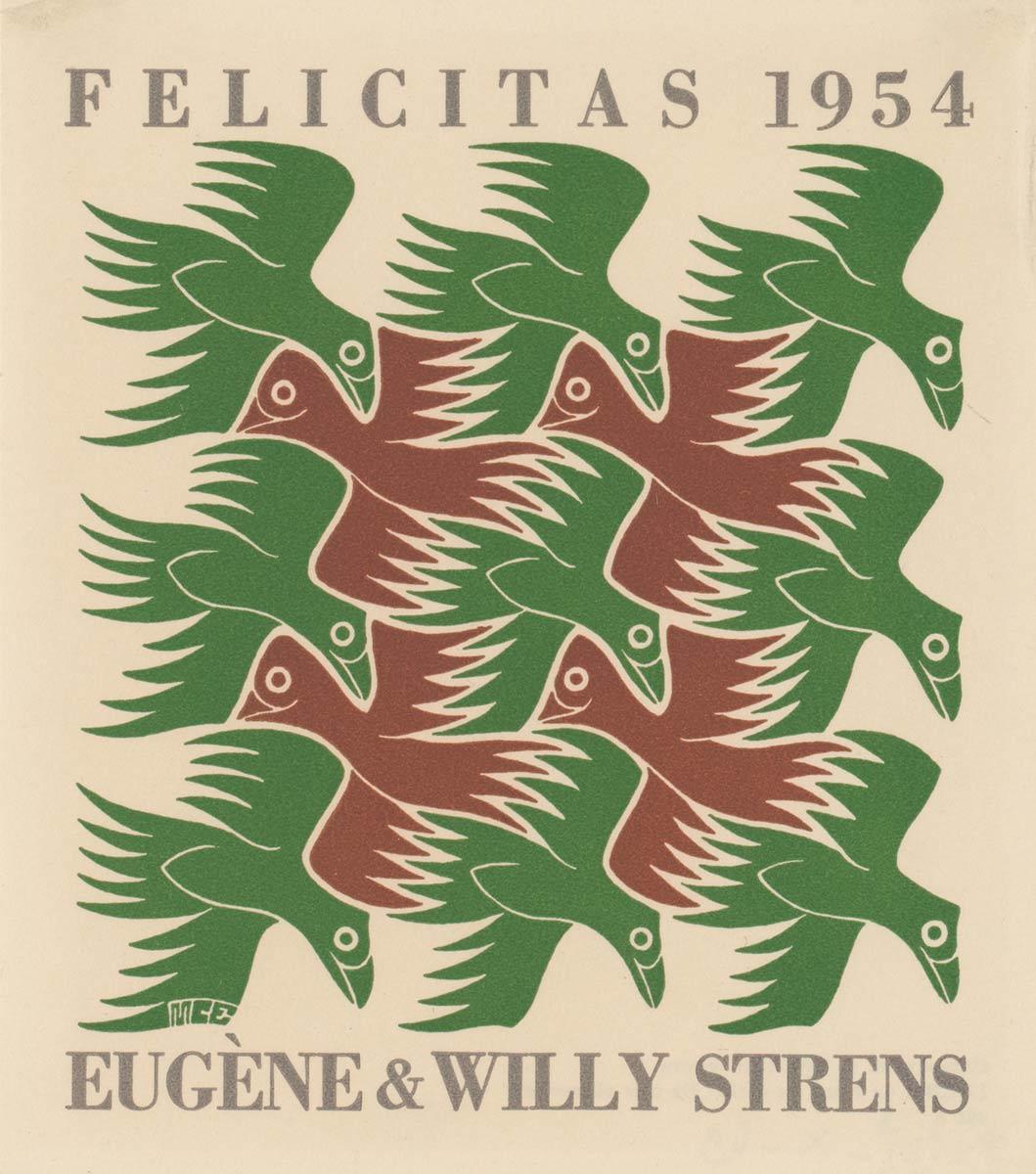
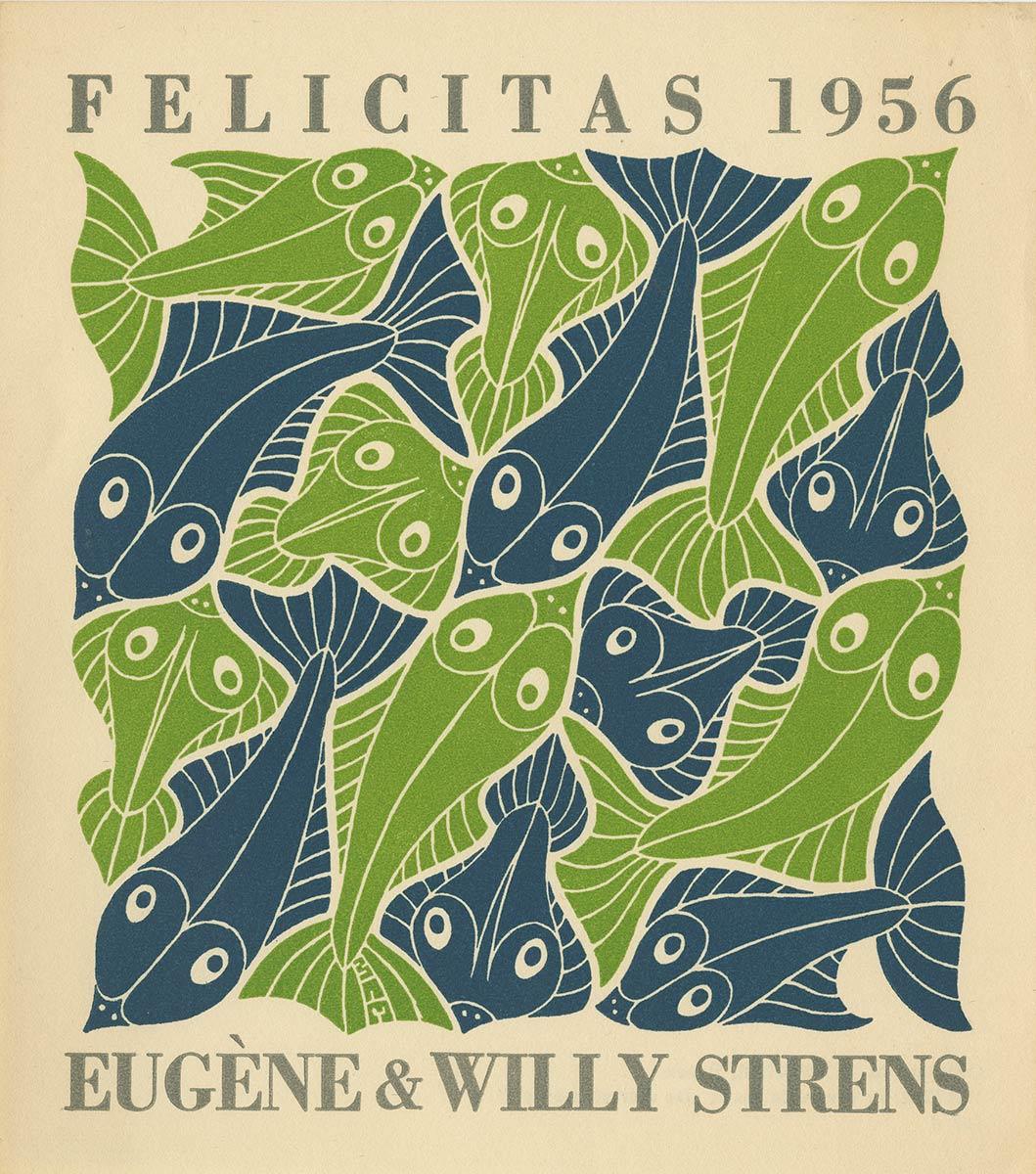
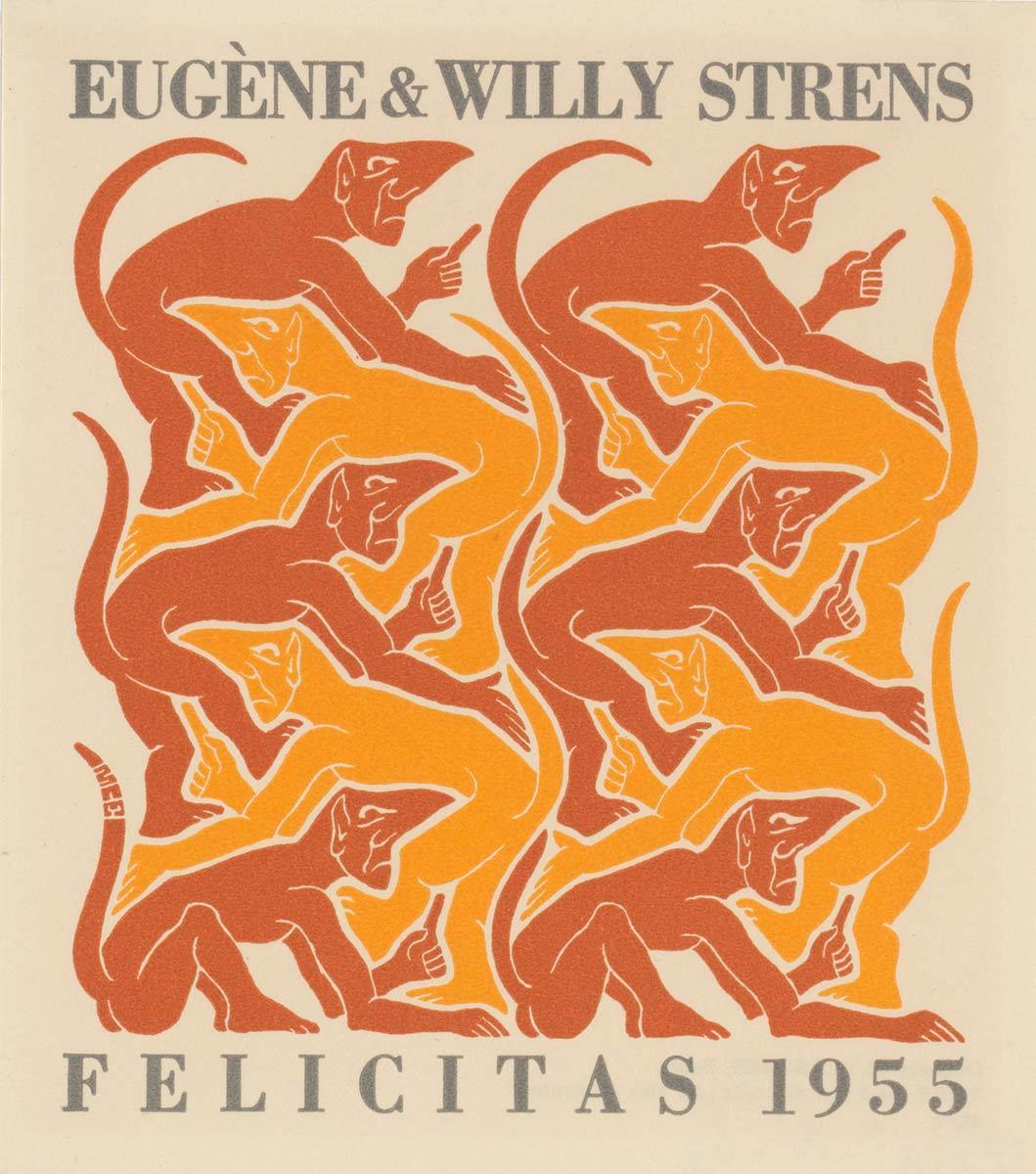
Source
[*] Uit de boeken van Eugène Strens, de verzameling Strens in het Museum van het Boek, Walburg pers, 1995, page 62
[**] Uit de boeken van Eugène Strens, de verzameling Strens in het Museum van het Boek, Walburg pers, 1995, page 21
[***] Uit de boeken van Eugène Strens, de verzameling Strens in het Museum van het Boek, Walburg pers, 1995, page 42
More Escher today


State of confusion
